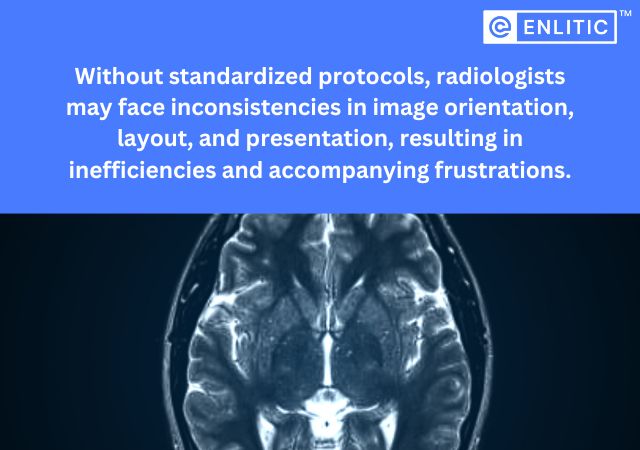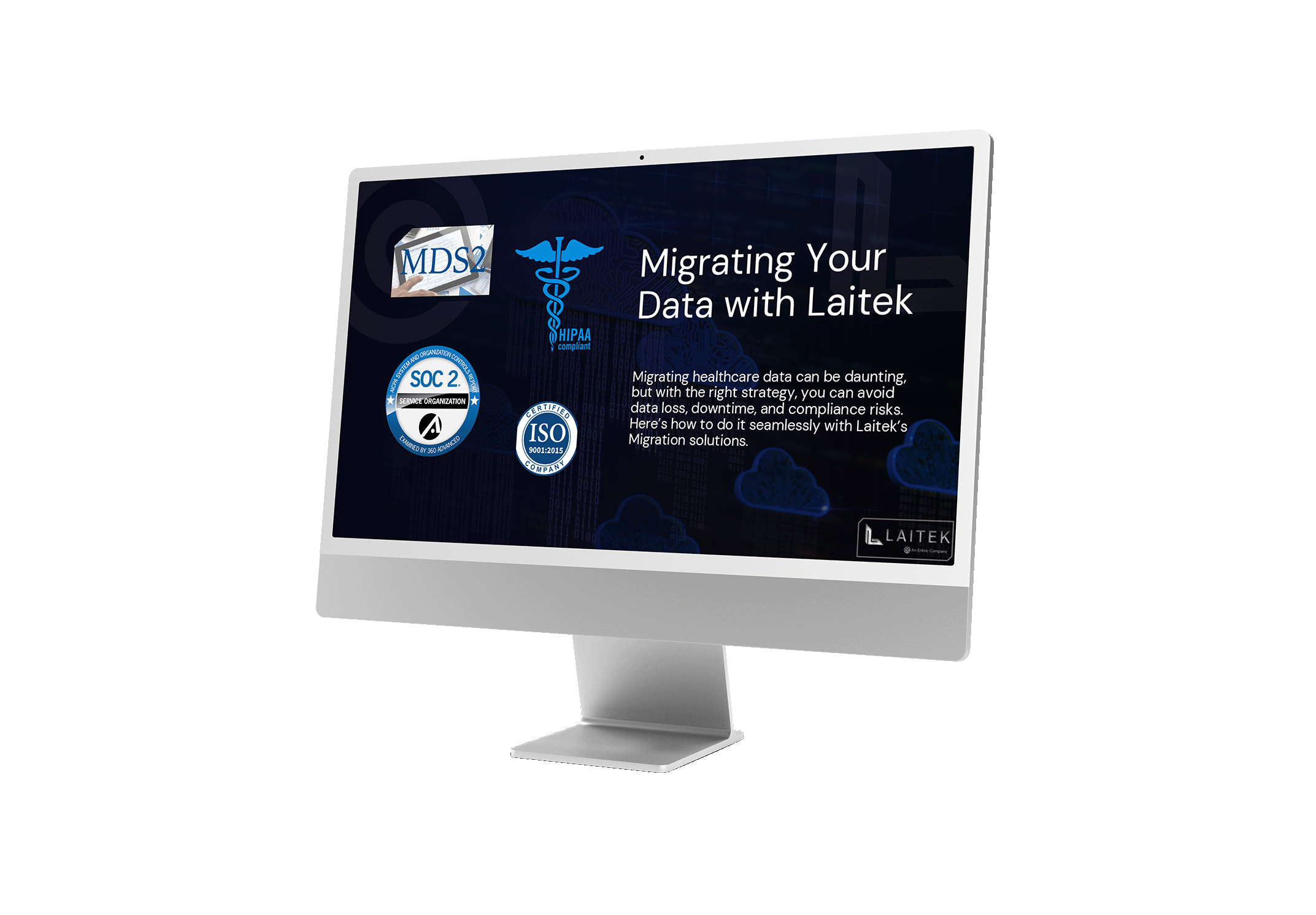Radiology reading groups and imaging centers play a pivotal role in modern healthcare, providing crucial diagnostic insights through a variety of imaging modalities and study types. From X-rays to MRIs, CT scans to ultrasounds, these facilities encounter a diverse array of medical imaging data each day. However, amidst this diversity lies a challenge – the need for efficient workflow management. This is where data standardization comes into play.
Diverse Modalities and Study Types
The wide range of imaging modalities, vendors, study types, and facilities encountered in radiology reading groups and imaging centers presents numerous challenges for radiologists during reporting. Each facility has its own set of rules and data inputs, and the lack of standardization creates workflow hurdles for radiologists and network issues for the IT (Information Technology) staff.
The Importance of Data Standardization
Data standardization plays a crucial role in streamlining workflow processes and improving interoperability between systems by establishing consistency across various modalities and vendors. For radiology groups and imaging centers, this translates to uniformity in data presentation regardless of the imaging modality, study type, or vendor. Although achieving this level of consistency is tough, Enlitic offers a solution with its product, ENDEX™. Using artificial intelligence, ENDEX generates standardized study and series labels and descriptions, creating consistent and searchable data.
Improving Workflow Efficiency
One of the key areas where data standardization can significantly improve workflow efficiency is in study routing and hanging protocols. Without standardized protocols, radiologists may face inconsistencies in image orientation, layout, and presentation, resulting in inefficiencies and accompanying frustrations.
By implementing standardized data, routing, and hanging protocols are consistent. Radiology reading groups and imaging centers can ensure that studies are routed to the appropriate radiologist and displayed in a standardized format optimized for interpretation.
Radiology reading groups and imaging centers encounter a diverse array of imaging modalities and study types daily. Data standardization plays a vital role in enhancing workflow efficiency. By transforming messy data to standardize image routing and hanging protocols, facilities can optimize workflow processes, leading to faster reporting times and an increased capacity to handle a higher volume of studies. Embracing data standardization is not just a matter of convenience but a necessity for optimizing radiology workflow and delivering high-quality patient care.
Learn more by scheduling an ENDEX demonstration, watching a mini-demo, or booking time with us at HIMSS (Healthcare Information and Management Systems Society).








